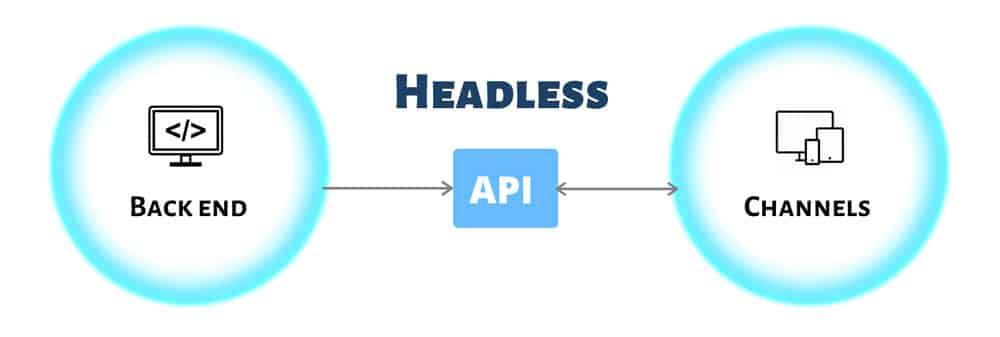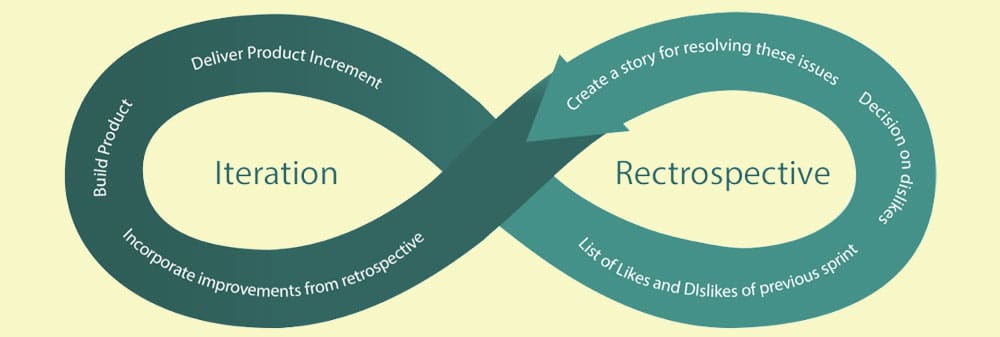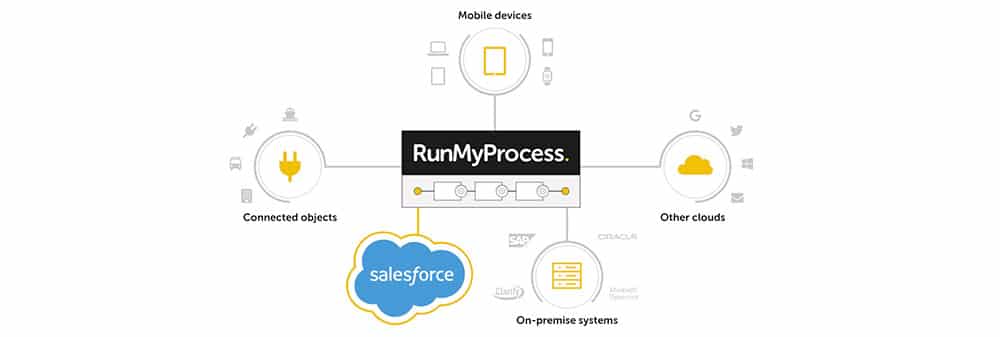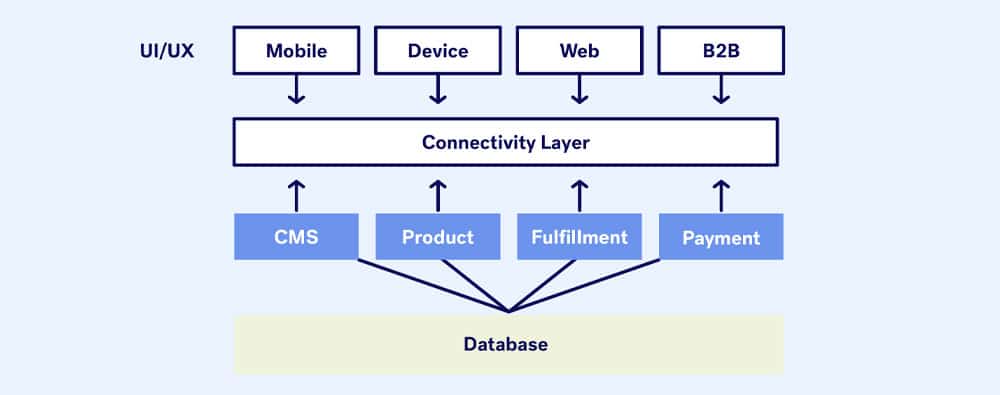Why Headless E-commerce can be the next big thing?

Headless commerce is like headless content management which means an online business strategy & the software architecture in which the frontend has been decoupled from the backend data and functionality. It comprises of two major things; an e-commerce software and a headless CMS. In headless commerce, the frontend is mostly a theme or a template that gets decoupled or removed, leaving only the backend. The APIs can push and pull content and delivering product information, reviews and ratings, and other data to the frontend.
Benefits of the Headless Commerce:
1. An Omnichannel Solution:

Using the headless CMS, you can easily push the content from anywhere to everywhere. It includes delivering your products, details of the product including videos, blog posts, and other content. The best thing is that with a top-notch web development company like Amplework, you don’t need to re-architect your platform.
2. Staying in Competition:

Using a headless CMS, you can do rapid updates without worrying about your backend system. And you can easily make any changes to your front-end to coincide with the speed of consumer technology. Major brands usually roll out updates every few weeks, hence when the front-end is not in decoupling you don’t have to roll out an update to the entire system, only part of the system.
3. Super Agile Marketing:

A headless CMS has the capabilities to support new arising technologies. This is like a boon if you are enthusiastic to provide new customer experiences. This puts marketing teams back into the driving seat where they can roll out multiple sites across different brands, divisions, and portfolios.
4. Seamless Integrations:

A headless platform requires an API for sending and pushing data and communicates with other platforms. You can also your brand to new devices, expand more opportunities, and can reach more customers. Also, it is going to take just a few hours to integrate your e-commerce platform to a new device.
5. Better Conversion Rates:

Using headless, you can try and test many different templates and approaches. For instance, there are many back-end search solutions you can implement whilst run the same front-end search.
This gives you a chance to experiment more which will help you get a better understanding of your customer, whilst improving your rate of learning faster than most retailers.
Read more: Why are tech companies going Agile? Know the Truth
The future of commerce is decoupling

Headless commerce solves many problems but also creates some, that is why the future is decoupled not just headless. A decoupled commerce system is similar to a headless system in the sense that both front-end and back-end are decoupled. However, unlike a headless CMS, a decoupled CMS doesn’t remove the front-end delivery layer from the equation entirely. You could say a decoupled CMS gives you the best of both worlds—and thus we say the future of eCommerce is decoupled.
We, at Amplework, are having expertise in developing enterprise web apps and is the best web application development company. So, let’s begin headless with us.


 sales@amplework.com
sales@amplework.com
 (+91) 9636-962-228
(+91) 9636-962-228





